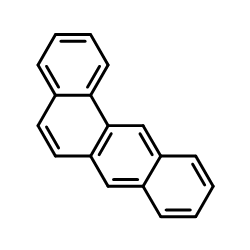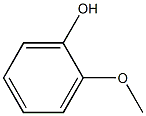| Structure | Name/CAS No. | Articles |
|---|---|---|
 |
Benz(a)anthracene
CAS:56-55-3 |
|
 |
Chrysene
CAS:218-01-9 |
|
 |
Creosote wood
CAS:8021-39-4 |